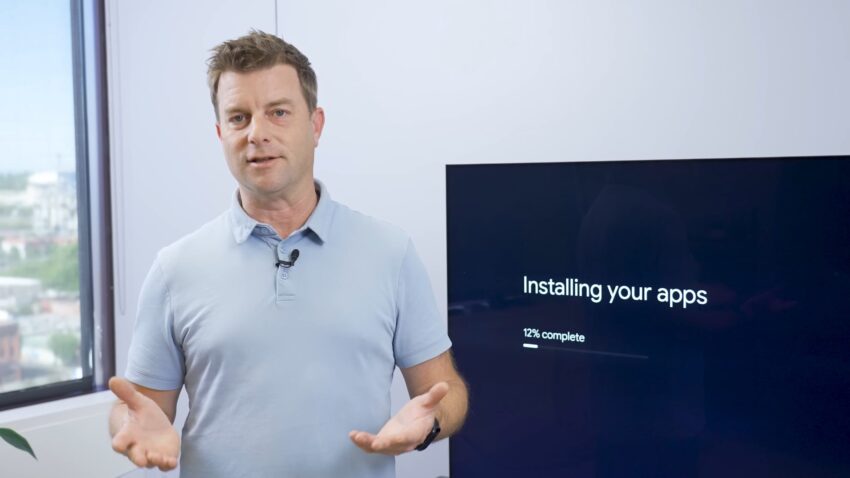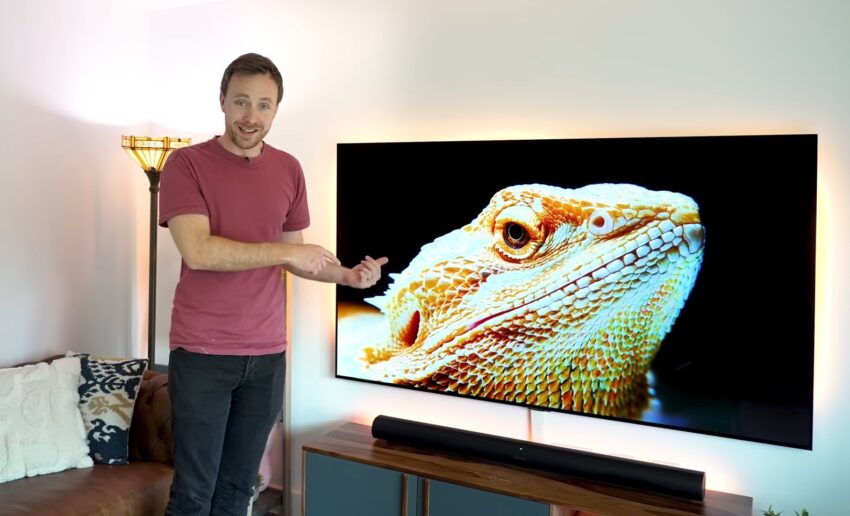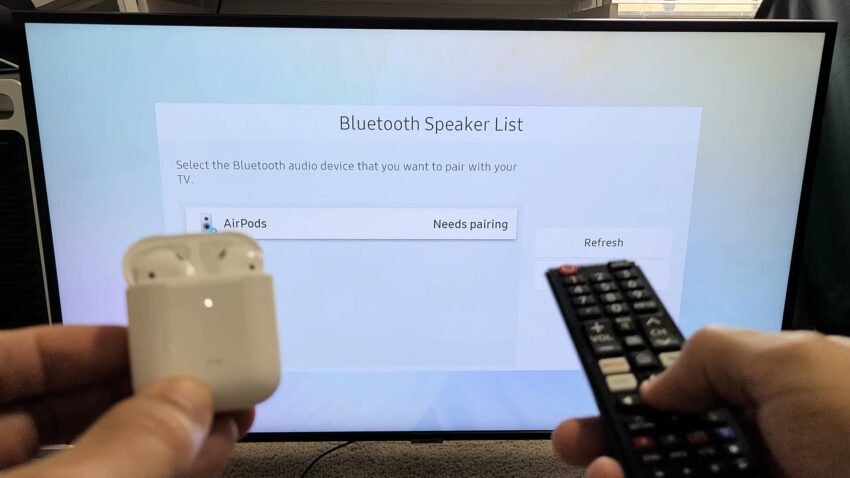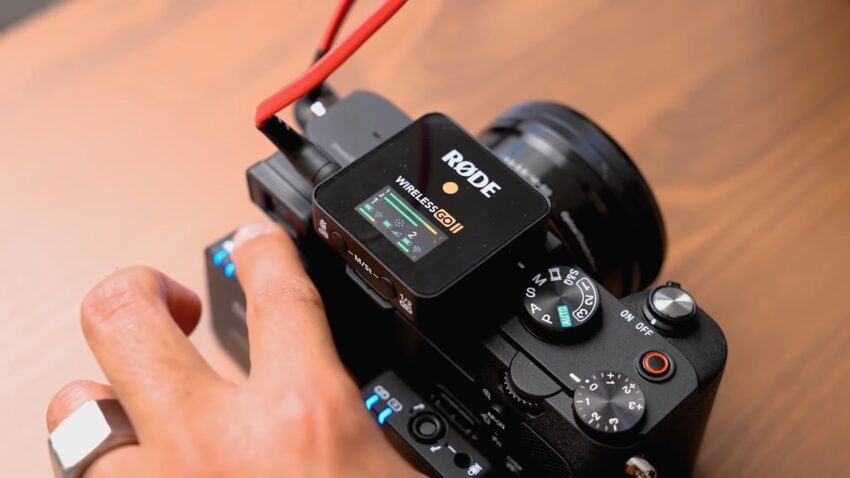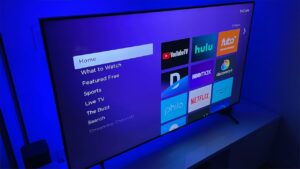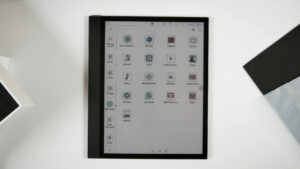There are so many amazing technologies, devices, and things these days that it’s no wonder why there are so many educational materials on the Internet. If you don’t know how to use this thing or that, you just need to do a search and find what you need to do and how.
The more new things and devices appear the more educational materials come out. At the same time, each person can make a video guide on any topic. If you understand something very well, then you can share your knowledge with other users. You can get excited about making a video tutorial on some software, iPhone tricks, and more.
TVs are getting more and more advanced every year. If you are about 30 years old, then you remember well how not so long ago TVs were far from smart. Now people can find a device that will provide access to search and YouTube videos. You can transfer an image from a mobile device, laptop, and much more.
Many may experience a little confusion as some of the features of the TVs can be hard to figure out. If you are well versed in advanced TV features, you can record instructional videos one by one and explain the features of different TV models. Talk about which is better, Samsung or LG, and also reveal other interesting topics that other users will want to see.
It’s easy to create training videos, and you can do it even without training, but no one guarantees that your video projects will be successful. You better prepare thoroughly using our tips so that your videos are useful and popular.
Tips for your first instructional video on TV usage
1. Determine who your video project is for
Before you start preparing all the materials that you will use, you need to clearly define who you are going to share useful information about the use of TVs with. It is unlikely that your main audience will be young people. Young people have a good understanding of technology and do not need much time to understand something.
Most likely, your audience will be adults and retirees who find new technologies and advanced features of smart TVs difficult. Understanding your audience will allow you to better structure content for your students.
Think about how best to explain your topic, as well as what vocabulary you need to use. Thus, you will be able to choose the best method of teaching.
2. Make a plan for the material
A good video is one that is well-planned. If you’re going to be posting one video project after another online, you’d better set up a structure around which you’ll be writing your material. It is best to write down what you are going to talk about on a piece of paper or even make a few sketches so that you do not get lost during the shooting.
Think about what the first topic of your video project will be. You can talk about how to use Bluetooth TVs, as well as give a selection of the best TVs with Bluetooth to make your material informative and useful.
You should also think about the length of your clip. Everyone knows that the short form of video material is dominant these days, so you shouldn’t make long movies. If the topic you want to cover is a complex one, you can make several consecutive clips, so that your viewers would wait for the next release and not get tired of watching a long movie.
3. Start filming with your camera and use the screen recorder
Depending on what topic you are going to cover, you need to think about how and what you will shoot. You can talk about the features of the TV that you have at home, so you will need a video camera, which can be your smartphone. The main thing is that the quality of the recording should be at the highest level, since the audience is now quite demanding of the quality of content.
Before pressing the camera shutter, think about the surroundings of the filming scene, and whether you will be holding your smartphone or camera in your hand, or using a tripod to avoid shaking your hands, which will affect the quality of the final result.
By having a plan for what you’re going to say, you’re more likely to shoot good footage without a million takes. The main thing is to comprehensively cover the topic, whether it is the best TV for a bright room or how to watch TikTok on TV.
If you do not plan to film yourself in your live video, you can add a recording from your webcam. This will make things easier for you because you won’t have to think about filming yourself and showing something on TV at the same time. To do this, you only need a high-quality screen recorder, as well as a microphone.
If you have never used such software before, then your best option is to use a Movavi screen recorder. It is the best among those programs that are ideal for both beginners and professionals. If you’re on a Mac, you can also use Screenflick to make high-quality webcam recordings.
4. Make your video project perfect
When you get a webcam recording and footage that you love, all you have to do is add a few extra touches to make your project perfect. To do this, you need to edit your video lessons so that they look not just amateur, but professional.
You don’t need professional software, as you will spend long hours learning how to do this and that. Instead, opt for software or an online tool that is easy to use.
You can perfect your video project by adding filters and transitions. Also, consider subtitling your videos, look here. In this way, you will offer your viewer’s convenience, as they will be able to watch your clips even without sound.
Conclusion
The best way to tell users, especially adults and the elderly, how to use smart TV features or how to choose a new device is to create an instructional video. You can use a helpful tutorial maker to make your first project a success. All you have to do is choose a topic, plan what you will say, film, and edit it.


